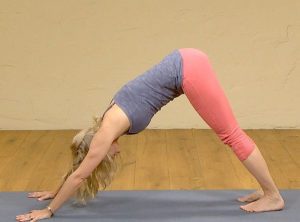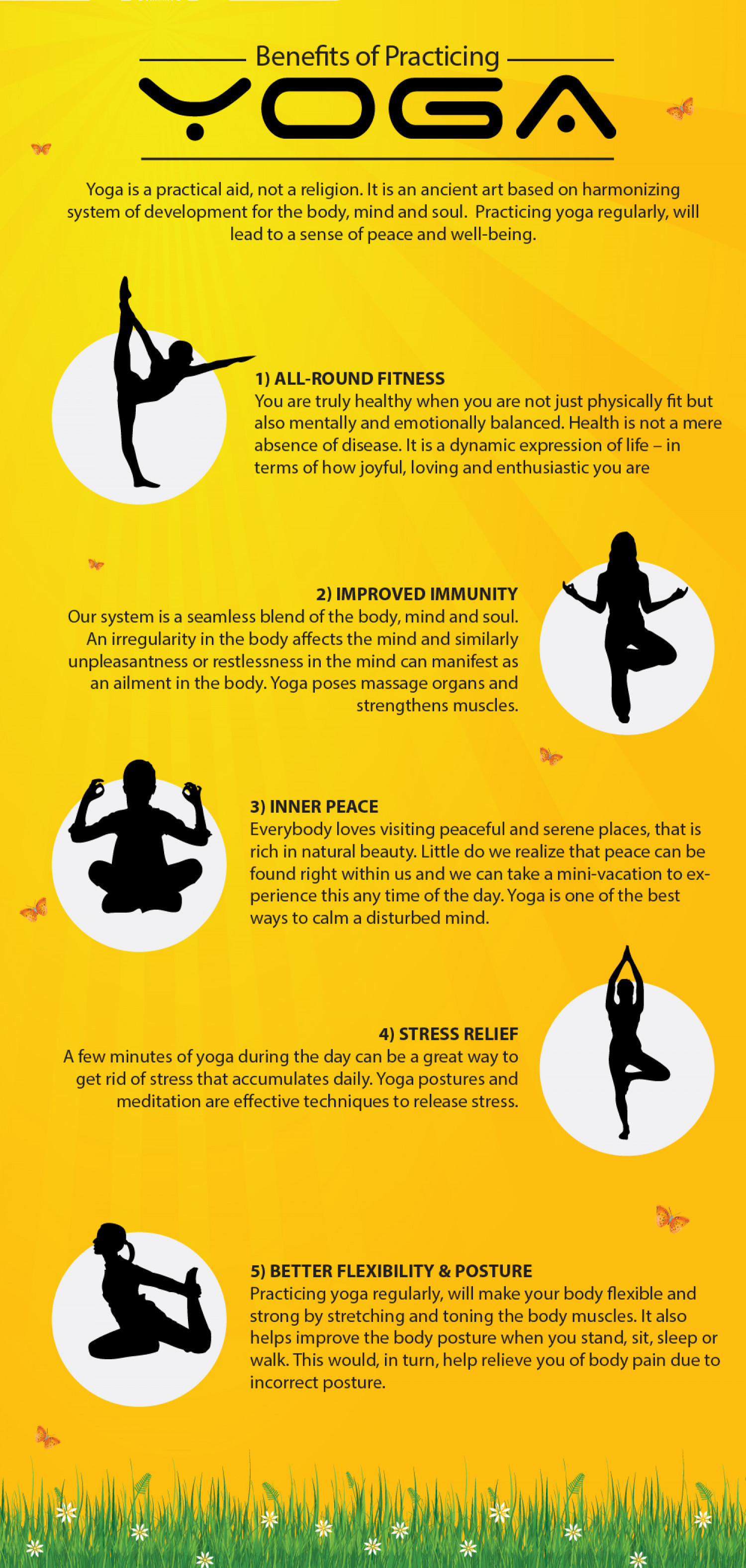
Yoga is a good option for scoliosis sufferers. Avoid back-bending poses in yoga. These pose can worsen your condition. Instead, practice poses such as baby cobra. For scoliosis yoga, baby cobra is a better option.
Pose for scoliosis
Yoga poses for scoliosis involve certain stances and positions to help patients with the condition. These poses strengthen the core and help prevent the condition from recurring. There are certain postures to avoid, however, such as shoulder stands, which overstretch the neck muscles and contribute to cervical kyphosis. For people with scoliosis, the cobra position, which flattens and causes lordosis of the thoracic vertebrae, is not advised.
The balancing pose, which involves lifting the head and leg off the floor, strengthens the core and improves the alignment of the spine. It is also a great way to strengthen and tone your core muscles.
Side plank pose
Side plank pose in yoga can be a powerful way to manage scoliosis pain. It strengthens the spine by strengthening the side muscles. For the best results, it should be practiced 3-5x per week. Like many other poses side planks can also be modified for those with lower back pain.

Scoliosis sufferers should consult a physician for a consultation. Depending on the severity of the condition, treatment may involve surgery or back braces. These treatments are very invasive and may not work for everyone. Scoliosis can become severe if it is not treated. Yoga can be a very effective treatment for people with mild forms of the condition.
Isometric maneuvers
Yoga-like, isometric maneuvers can be helpful for people with scoliosis. These exercises have been proven to reduce curves without the need for costly surgery. These exercises can also be used to strengthen the core muscles. They can also be used to reduce the curvature, lowering the degree of the curve.
Patients with scoliosis can also benefit from yoga poses. The stretching helps to relax the muscles. Exercises that are isometric strengthen weaker muscles on one side.
Symptoms
Yoga can ease the symptoms of Scoliosis including stiffness and pain in the lower back. Yoga can improve balance and posture. For the best results, yoga poses should be performed with the correct alignment of the spine. By focusing on alignment, you can achieve this. In addition, avoiding poses that can aggravate scoliosis symptoms is essential.
For people with scoliosis, it is best to begin yoga with private instruction and guidance from a therapist. Avoid group classes. The yoga instructor should understand the condition and avoid "correcting" poses, which can be painful and cause further curves. Ideally, yoga poses should be performed slowly and for five full breaths.

Treatment
Yoga poses can correct curvatures in the spine. These exercises can improve strength and posture, as well as the flexibility of connective tissues that support and support the spine. They can also improve your breathing and lung capacity. Adults with scoliosis can find yoga very helpful.
But back bending can make scoliosis worse. Yoga postures that stretch your thoracic vertebrae are a better alternative to backbending. These poses are ideal for people with mild scoliosis.
FAQ
What is the difference between yoga and pilates?
Both pilates, and yoga, are both effective exercise programs. However they work differently. While both are based on stretching, yoga focuses on poses that challenge your core muscles and build strength.
Pilates emphasizes strengthening your core muscles, and improving your balance. You can also use yoga to supplement pilates classes.
How long does it take to learn yoga?
Yoga is a lifelong journey that requires dedication and patience. Learning new things takes everyone at their own pace.
Accordingly, it doesn't matter how old you are. With enough commitment and hard work, you can master any yoga routine.
What length of time do yoga classes last for?
Most yoga classes run anywhere from 45 minutes to 90 minutes. Some teachers offer shorter or longer sessions, at different times during the week.
Can women do Yoga?
Absolutely! Absolutely!
There are many types of yoga that can be used by both men and woman.
How long does it take for you to learn yoga?
Yoga is a skill that requires you to train your mind. After you learn the basic poses, you'll be ready to start practicing yoga at home.
Before you start your class, warm up for about 20-30 minutes. Next, spend 5-10 minutes warming your body with simple stretches. You can then progress to more difficult poses.
Once you are comfortable with the basics of yoga, you can go on to intermediate classes. There you will learn more advanced moves. For example, if yoga is something you're new to, you might start with the Tree (Vrksasana), or Mountain (Tadasana).
What are the steps to get started with yoga?
For lying down, you'll need a mattress (some of them foldable), some loose clothes, and a towel or blanket.
Additionally, props may be needed for certain poses such as blocks or straps, bolsters/bolsters blankets or towels.
In general, however you won't need anything. If you're interested in starting yoga, you need a desire to make positive changes in your life and a willingness to commit to the process.
Can yoga help you quit smoking?
Yoga is a good option for people who want to stop smoking. It improves their physical and mental health, which can reduce stress levels. It helps to lose weight from overeating. This could lead to quitting smoking altogether.
Statistics
- Lock in 25% off your Founding Member rate. (corepoweryoga.com)
- A 2020 review of 27 studies (1,805 total participants) of yoga interventions in children or adolescents found reductions in anxiety or depression in 70 percent of the studies, with more promising results for anxiety. (nccih.nih.gov)
- The people in the yoga group were 37 percent more likely to have quit smoking by the end of the 8-week program. (nccih.nih.gov)
- About one in seven U.S. adults practiced yoga in the past 12 months, according to a 2017 national survey. (nccih.nih.gov)
- Start your Fall off right with 20% off All Access Membership when you sign up by 9/25! (corepoweryoga.com)
External Links
How To
Where is the best spot to practice yoga?
There's no right or wrong way to practice yoga. Every person is different. You only need to know which positions feel comfortable for you.
Here are some commonly used positions:
Standing poses - Standing poses are suitable for beginners because they allow you to see how your body looks from different angles. It is also easier to focus on your breathing with these poses.
Forward bends: Forward bends are used to stretch tight areas. You can do them sitting down or lying down.
Backbends - Backbends are generally considered advanced poses. Your instructor will be able to help you if you are interested in trying one.
Inversions - Inversions are poses that require you to balance yourself upside down. This is a challenging but rewarding type of yoga.